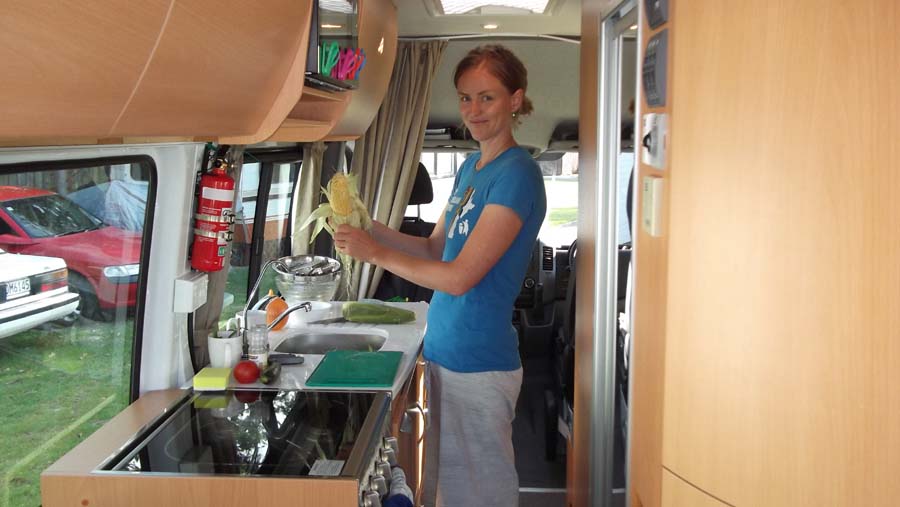In a YouTube video, photographer and RVer Mandy Lea, a person I mentioned in the cast iron section above (and who I think is absolutely fantastic), recommends Melamine dinnerware and, in particular this set, saying that melamine is durable and virtually unbreakable. Both of these are true and melamine is an extremely popular choice for any RVer including those in a van. If melamine makes you happy, go with it, but here are my concerns. Melamine dishware is made from a resin of melamine formaldehyde and. When you eat food from a melamine plate, some amount of the chemical melamine migrates from the plate into your body. While the E.U. is considering banning melamine dishware, it is considered safe by the United States FDA with this caveat: “Foods and drinks should not be heated on melamine-based dinnerware in microwave ovens.”[FDA] This is because the amount of melamine that migrates from a dish to a person increases as heat increases and as the food becomes more acidic. In an article published in The Journal of the American Medical Association Internal Medicine, Dr. Chia-Fang Wu found that the dinnerware released high quantities of melamine into people who were using melamine bowls to eat hot soup [2013]. Melamine is not a benign chemical. An article in the journal Science describes a case where 53,000 children were hospitalized due to melamine tainted infant formula powder [2008] and there are adult cancer risks according to the International Agency for the Research on Cancer [2017][WHO]. In addition, the manufacturing of melamine is bad for the environment [2010]. In summary, why risk it when there are much safer options such as enamelware described below and silicone dishware for microwaving. I apologize for this long rant.



No comment yet, add your voice below!